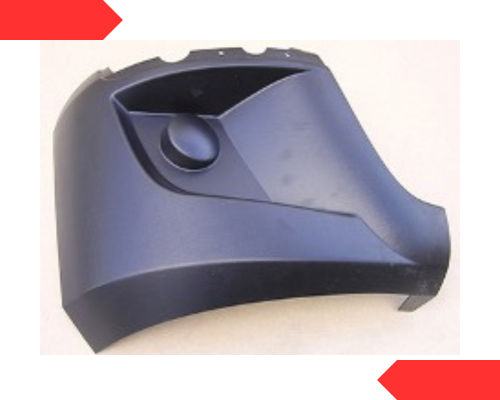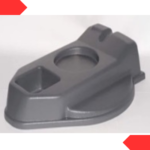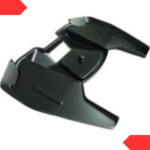EV Body Parts
It is worth noting that vacuum forming can produce parts with a uniform wall thickness, which can result in a more consistent and predictable strength compared to injection molding. This is because vacuum forming uses a single mold to create the part, while injection molding uses a complex system of molds and channels to inject the material into the mold. This can result in variations in wall thickness and other factors that can affect the strength of the final product.
Additionally, vacuum forming can be used with a wider range of materials, including thicker and more rigid materials, which can result in parts that are more resistant to impact and other types of damage. This can be particularly useful for drone parts that need to withstand harsh environmental conditions and high-speed impacts.
Vacuum forming is a manufacturing process that involves heating a plastic sheet until it becomes pliable, then stretching it over a mold and using a vacuum to draw the plastic tightly against the mold. This process is commonly used to create parts for electric vehicles, as it allows for the creation of complex shapes and designs that are lightweight and durable.

Some common applications of vacuum formed parts for electric vehicles include:
Battery trays:
Vacuum formed plastic trays can be used to hold the batteries in place within the vehicle. These trays are lightweight and can be designed to fit the specific shape and size of the batteries.
Interior components:
Vacuum formed parts can be used to create interior components such as dashboards, door panels, and center consoles. These parts can be designed to match the style and color of the vehicle’s interior.
Exterior components:
Vacuum formed parts can also be used to create exterior components such as body panels and trim pieces. These parts can be designed to match the shape and style of the vehicle, and can be made from a variety of materials including ABS, polycarbonate, and acrylic.
Overall, vacuum forming is a versatile and cost-effective manufacturing process that is well-suited for creating parts for electric vehicles. It allows for the creation of lightweight, durable, and complex parts that can be customized to meet the specific needs of each vehicle.



